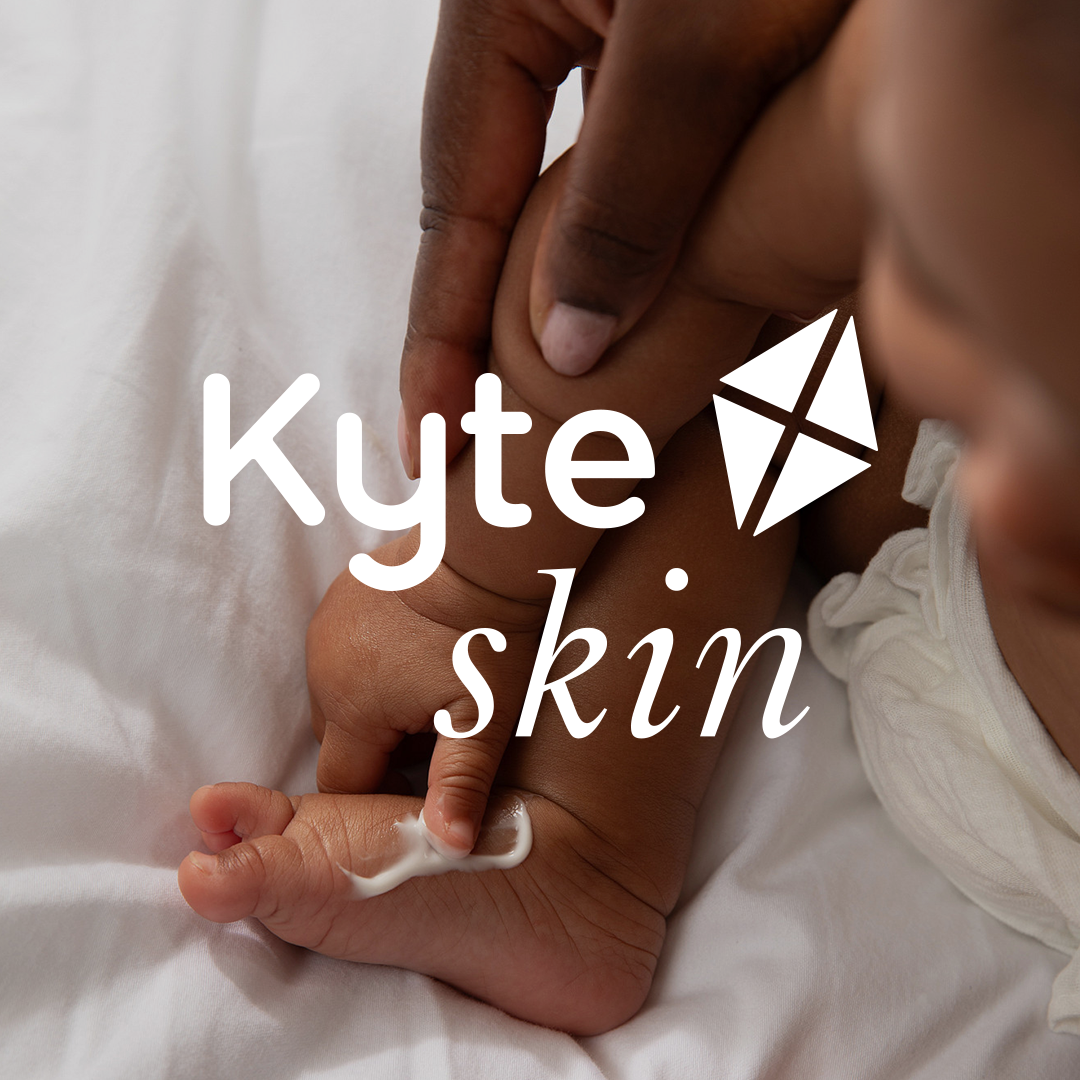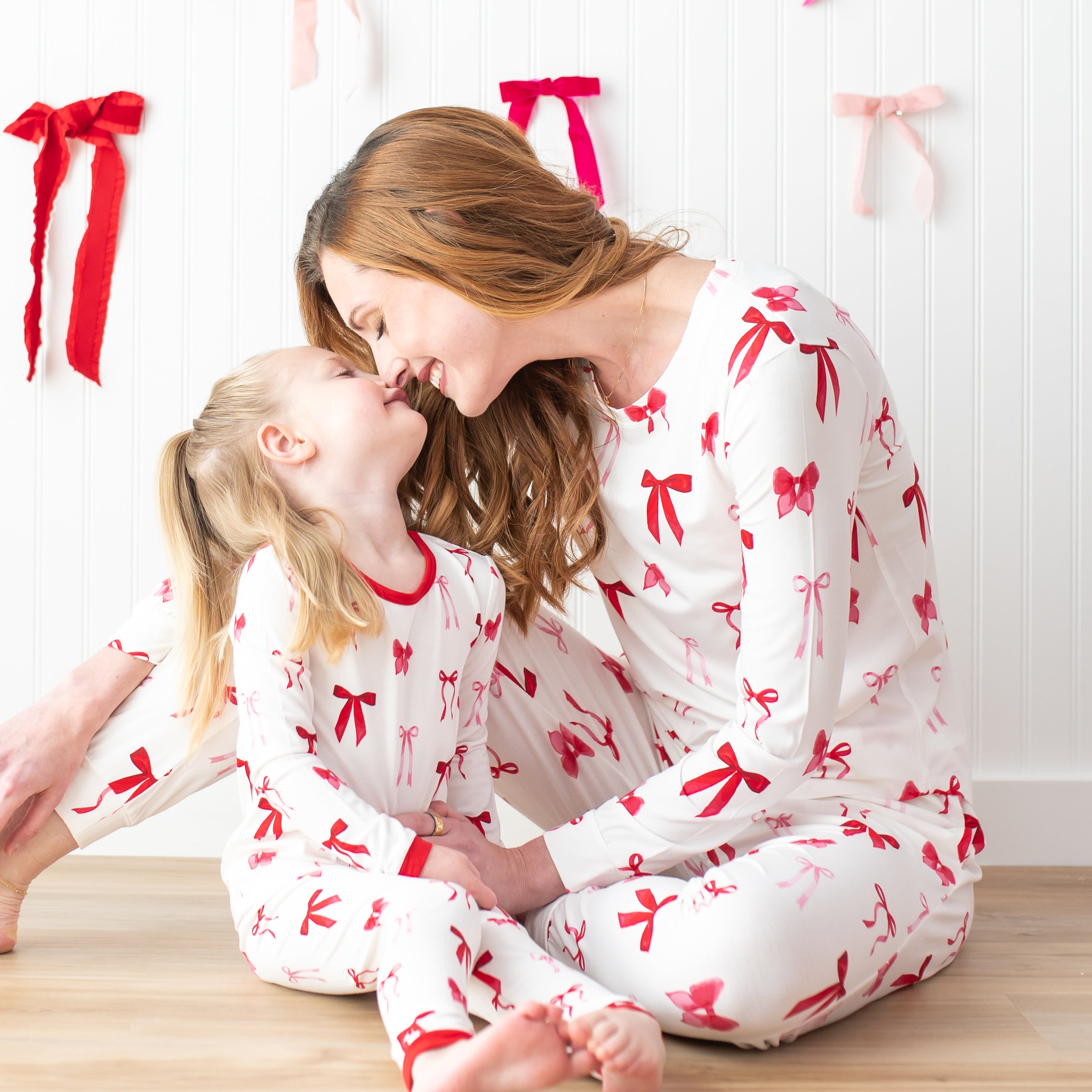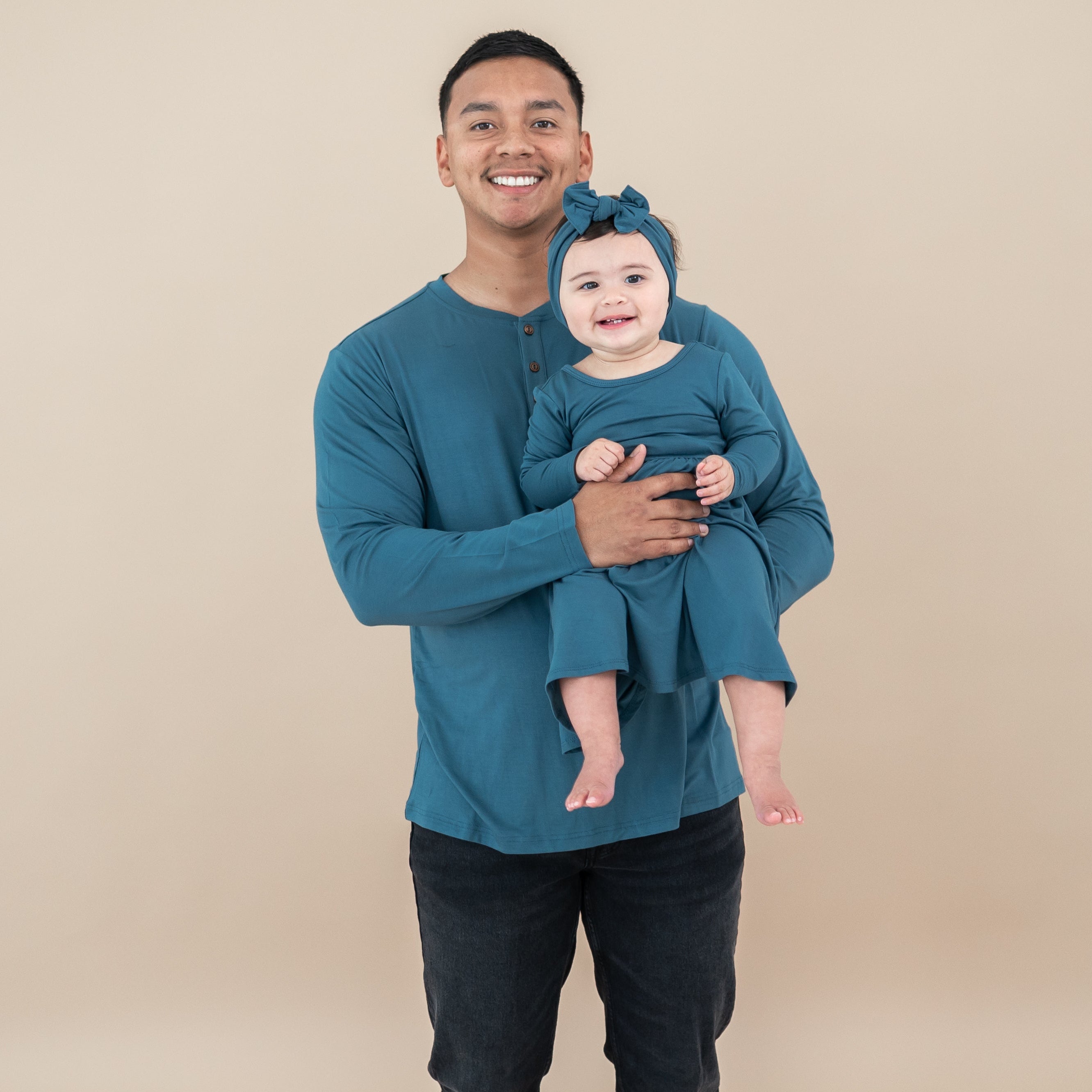
Baby eczema is a broad term for a skin condition that causes areas or patches of red, itchy, and inflamed skin on babies. The type most commonly seen on babies is atopic dermatitis, and it is thought to be caused by an overreaction of their immune system. If you have a family history of asthma, allergies, or eczema itself, your baby is more likely to develop it. Although the exact cause is unknown, there are many theories about what can trigger baby eczema, which include various allergens, bacteria, and even genetic variations and mutations.
Between 20 and 30 percent of people with eczema have a genetic variation that compromises the outermost layer of the skin. This makes it harder for the skin to retain moisture and to keep out foreign substances. This is just one of many genes likely involved in eczema. According to a study done by the American Academy of Pediatrics, about 10% of children are affected by eczema. They found that about 85% of cases develop before the age of 5, but more than half the cases are present in the first year of life!
In this blog, we will cover:
- What causes baby eczema
- Baby eczema vs. acne
- How to get rid of baby eczema and what to do for baby eczema
- Best treatment for baby eczema
- Does baby eczema go away?
- How often should you bathe a baby with eczema and do baths make baby eczema worse?
- Tips for managing baby eczema
What causes baby eczema?
There is no known absolute cause for baby eczema. There are several theories and treatment can be based on a process of elimination. For most types of baby eczema, it seems to be a combination of genetics and an environmental trigger. According to the National Eczema Foundation:
“People with eczema tend to have an over-reactive immune system that when triggered by a substance outside or inside the body, responds by producing inflammation. It is this inflammation that causes the red, itchy and painful skin symptoms common to most types of eczema. Research also shows that some people with eczema have a mutation of the gene responsible for creating filaggrin. Filaggrin is a protein that helps our bodies maintain a healthy protective barrier on the very top layer of the skin. Without enough filaggrin to build a strong skin barrier, moisture can escape and bacteria, viruses and more can enter. This is why many people with eczema have very dry and infection-prone skin.”
Some common triggers for baby eczema are:
- Dry skin (this makes them more prone to a flare up)
- Irritants (metals, smoke, soaps and household cleaners, fragrances, certain fabrics, antibacterial ointments, and certain chemicals)
- Stress
- Warm climates and sweating
- Bacteria or viruses in the environment
- Allergens
- Hormones
Baby eczema vs. acne
Babies are prone to rashes and skin issues, and eczema and acne are usually at the top of the list! Baby acne, or neonatal acne, is a common skin condition that affects an estimated 20 percent of newborns. It usually resolves without treatment after a few weeks or months. Baby acne tends to develop at around 2 weeks old, but it can appear at any point before 6 weeks. In some cases, a baby may have acne from birth. Scientists are unsure as to what causes neonatal acne, but they believe that overactive oil glands and testosterone may contribute to it.
Baby acne presents as white pimples or red spots, and for babies under the age of 6 months, eczema usually appears as red and weepy. While baby acne develops in the first 6 weeks of life, eczema typically develops around 6 months of age.
Baby acne is usually found on the baby’s forehead, chin, scalp, neck, back, and/or their chest whereas baby eczema is found on their face and scalp, then later develops on their knees and elbows. It does not typically affect their diaper area!

How to get rid of baby eczema and What to do for baby eczema
According to the American Academy of Pediatrics, there are 4 main treatment focuses for baby eczema:
Repairing and caring for the skin barrier:
For children with eczema, their skin barrier doesn’t effectively hold water. As a result, the skin becomes dry, cracked, and itchy. Gentle, daily skin care is important to improve the skin barrier. Give your child a bath every day or every other day for 5-10 minutes in lukewarm water. No soap is needed, but a gentle, fragrance-free wash is fine for sweaty and dirty areas. Use a soft sea sponge or Kyte Baby washcloths to gently cleanse the skin.
Pat (don’t rub) your child's skin dry after the bath or shower and consider a Kyte Baby hooded towel. If your doctor has prescribed any topical medicines, apply these to the areas of rash before any moisturizers.
Apply a moisturizer to the whole body immediately after bathing while the skin is still damp. This helps “lock in" the moisture of the water. The thicker the moisturizer, the better it will work. Ointments, such as petroleum jelly (or a similar “greasy" alternative) are good choices. Most importantly, find a moisturizer that your child likes to use. Moisturizers should be applied every day, even when the rash is gone.
Dress your child in soft fabrics like bamboo. Use mild, fragrance-free laundry detergents. Don't use fabric softeners or fabric sheets in the dryer.
Proper skincare to decrease itchiness and prevent scratching.
Try to stop your child from scratching as much as possible, since scratching can make the skin feel even more itchy. Scratching can also cause open sores, which can lead to skin infections. Keep your child's nails cut short and consider using scratch mittens or onesies with pullover cuffs to deter scratching.
To soothe your little one’s sensitive, irritated skin, you may want to try wet wrap treatments. Apply wet wraps after bathing and applying topical medicines and moisturizers. Here's how to do it:
- Soak a pair of pajamas or onesies in warm water.
- Wring out the pajamas until they are damp and not dripping.
- Put the damp pajamas on your child, with dry pajamas on top.
- Make sure the room is warm or provide a warm blanket, so your child doesn't feel cold.
- Keep the wet wraps on for at least a half an hour, or leave them on overnight.
Managing and preventing skin infections
Bacteria and viruses can make eczema rashes worse. It's important to watch for signs of infection. Look for oozing, crusting, pus bumps, blisters or a worsening rash that is not getting better with your usual treatments. Be sure to talk to your child’s pediatrician if you think their skin is infected. Infections may require antibiotic or antiviral medicines!
Best treatment for baby eczema
There is no one “right” treatment for eczema in children. What works for another child may not work for yours. You may have to go through several treatments or combinations of treatments in partnership with your doctor before you find one that helps manage your child’s symptoms. Be persistent and patient, as treating eczema can take several weeks or longer before you see real progress.

The “soak and seal” method of treating eczema is recommended by many providers to help dry skin and reduce flares. To get the full therapeutic benefit, have your child “soak and seal” often and follow these steps in order.
- Give your child a lukewarm bath for 10 minutes, using a gentler cleanser if needed.
- Pat the skin dry lightly and leave iit damp.
- Apply topical medication as directed, then within three minutes, liberally apply a moisturizer all over.
- Wait a few minutes to let the moisturizer absorb before dressing or applying wet wraps.
Don’t limit moisturizing to just bath time. Slather it on your child throughout the day whenever their skin starts to itch or feel dry. Try using an ointment or a cream rather than a lotion and apply it with your palms, stroking lightly in a downward direction.
Does baby eczema go away?
Some children outgrow eczema in childhood! This doesn’t mean they are cured, but as long as their skin is taken care of, it will flare up less over time.
How often should you bathe a baby with eczema and do baths make baby eczema worse?
Most providers suggest bathing everyday or every other day in order to continue getting moisture into the skin and wash away bacteria that can cause infections! Just avoid drying soaps, and use lukewarm water instead of hot water.

Tips for Managing Baby Eczema

- Avoid dressing your child too warmly; make sure you use the proper TOG rating and layer appropriately with bamboo clothing underneath
- Use mittens when awake to prevent baby from scratching
- Apply moisturizers frequently throughout the day
- Protect their skin from cold, dry weather
- Use fragrance free and alcohol free baby wipes
- Consider using a milk bath once or twice a week
- Massage with moisturizer after your baby bedtime routine
Unfortunately, there is no cure for baby eczema, but symptoms are often manageable with home remedies. If your baby’s eczema is severe or does not respond to home treatments, it may be a good idea to consult your child’s pediatrician. Do so right away if a child or baby develops a new rash. A doctor may prescribe steroid creams or other prescription medicines to treat the inflammation.
AUTHOR:
Ashley Olson is a certified pediatric sleep consultant, owner of Heaven Sent Sleep, and passionate about helping new parents, experienced parents, desperate and sleep deprived parents form healthy sleep habits for their children.
She has over 3 years of experience in working with families and has completed over 150 hours of coursework plus continuing education related to infant and toddler sleep. The focus of her work is on fostering a routine that grows your bond with your child while improving their sleep habits. She specializes in custom sleep plans and one on one support in changing sleep practices!























